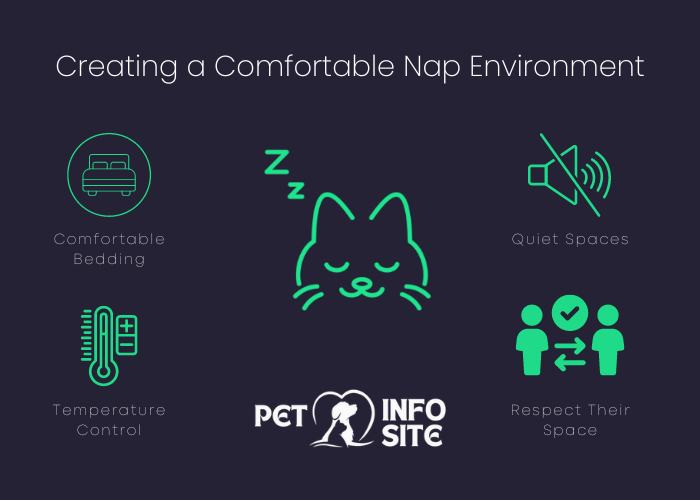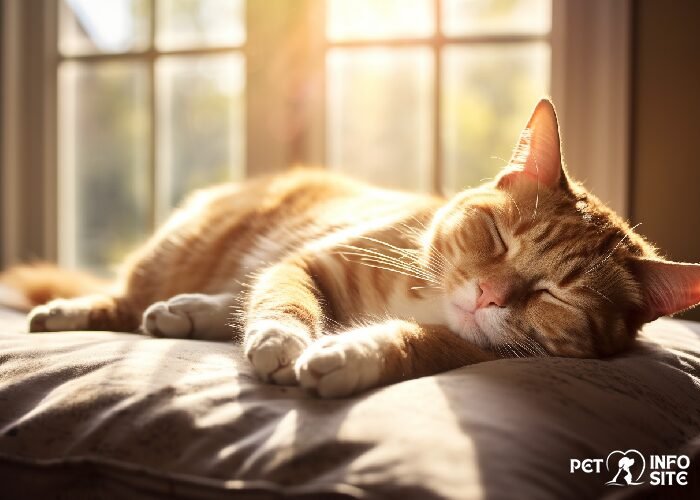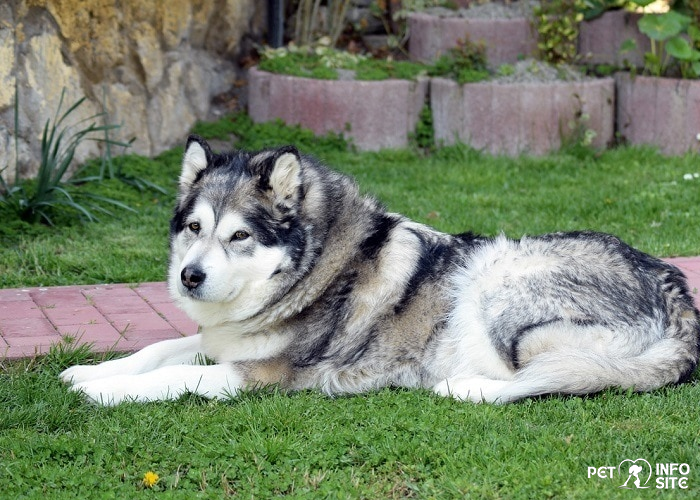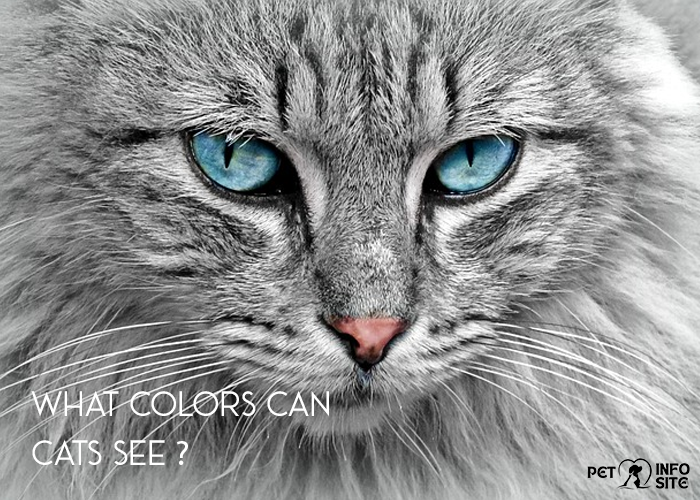Cat Naps: Introduction
In pet care, there is nothing quite as pleasing as watching a cat sleep. As fans of power naps know well, cats have the unique ability to sleep wherever and whenever they want to, while catching the so-called ‘cat-naps. ’ These short and numerous breaks are not only adorable but also highly beneficial for the cats’ health and happiness. Understanding possible causes of napping in cats as well as the satisfaction, they gain from these occasions may help us understand how to improve the care that we give our cats.
Why Does Cat Nap?
Cats, specifically the feline species, whether tamed or not, have almost similar habits as far as sleeping is concerned. Wild cats being carnivorous animals, would require a short period of intensive energy exertion in hunting and then followed by longer durations of inactivity. Domestication has not removed this basic human survival trait of conserving energy and resting after physical or mental activity. Modern domesticated cats, living in the comfort of their homes, do not need to follow their predatory instincts to chase, but their system still hard-wires the need for rest.
- Natural Instincts: It is important to note that cats are crepuscular, which means that cats are most active during dawn and dusk. Such an activity pattern affects their sleeping cycle, and they engage in several small periods of sleep during the day rather than sleeping at night.
- Energy Conservation: Havaging gives cats a chance to save up energy within them to be prepared for activities like play or when roaming within the house.
- Physical Health: It also gives a good chance for muscle relaxation and body temperature regulation and aids the physical well-being of the kitty in physical recovery.
- Mental Well-being: It is important to understand that cats are quite perceptive animals and stress and anxiety are not rare phenomena to them. Napping allows them to have a place to lay down and rest free from any distractions and frustration hence making them have a clear mind.
The Benefits of Cat Naps
Cat naps, also known as power naps, are short periods of sleep, typically not exceeding 30 minutes and have several advantages.
Physical Benefits:
- Muscle Maintenance: Another of the numerous functions that occur during sleep is muscle relaxation, this is an important stage that helps to tone the muscles and avoid them becoming stiff.
- Temperature Regulation: Cats also have a higher body temperature than humans, about 38. 5-39. 5 degrees centigrade. It assists them in maintaining their body heat, some finding sunny areas warm enough, while others finding shady areas cooler.
- Immune System Support: Proper rest can enhance the immune system of cats thus enabling them to have ability to fight so many infections and be in a position to recover from illnesses.
Mental Benefits:
- Stress Reduction: Napping helps the cat to take a break from some of the stimuli that are known to elicit stress or anxiety in the cat. But this break is necessary for them to regain their normalcy and health.
- Cognitive Function: Cats have cycles of non-REM and REM sleep just like people do, although the exact functions of sleep in felines are still being studied today. Scientists also show that REM sleep plays critical roles in cognition, memory and learning.
Behavioral Benefits:
- Reduced Aggression: This means that a cat that has had its required rest is least likely to act aggressively as this is caused by exhaustion.
- Improved Mood: Stroking and napping are two of the most of behaviors that well-cared cats exhibit and a cat that naps frequently will rarely display signs of behavior problems like excessive meowing or scratching.
Understanding Cat Sleep Cycles
Research into the sleep patterns of cats has uncovered fascinating details about their behavior:
- Sleep Duration: As a general rule, domestic cats need to sleep for 12-16 hours a day and this is even more in the case of senior cats and kittens. However, cats as individual entities are capable of variation in terms of age, health status, personality, and the area they are in.
- Sleep Architecture: Cats are not different from other mammals in the sense that, they sleep through different cycles and stages; light sleep, deep sleep and REM sleep. Awareness of these stages makes it easier to comprehend why the rhinos need undisturbed sleep to restore their strength.
- Dreaming: The same as humans, cats may show limb movements, or even meow and move their eyes rapidly, which means that cats are dreaming. It is believed that the dreams that are most likely to be recalled help in coping with memories and experiences.
Creating a Comfortable Nap Environment

As responsible pet owners, providing a conducive environment for cat naps is essential:
- Comfortable Bedding: Domestic cats are known favorites of warm and comfortable places to rest. Buying a good bed for cats or any other cushion like surface helps them gain comfort and encourages them to rest.
- Quiet Spaces: Dogs like to be in a cool place where they can lie down comfortably and sleep without being disturbed. It may be helpful to create a special corner or a room in the house in which they would feel calm and safe.
- Temperature Control: Make sure your cat can freely access areas with good ventilation and at the right temperature. This may comprise of locations with heat during winter and cold areas in summer.
- Respect Their Space: Cats are self-sufficient creatures and can decide for themselves to sleep in various locations during the day. Honor their choice and give them more options to snuggle up.
Health Considerations
Thus, though cat napping is as normal as it can get, shifts in sleeping behaviors can occasionally hint at medical conditions. It is important to ensure that your cat gets adequate sleep and if you observe changes in the cat’s sleeping pattern like the cat sleeping more than usual or taking too long to go to sleep or to wake up then you should seek the services of a vet.
The Vital Role of Cat Naps in Feline Health and Well-being
Thus, the “cat nap” is not only an adorable idiosyncrasy of cats but also one of the essential factors of their health and comfort. As we learn the reasons why cats nap and what positive effects they gain from it, we can then adequately address their sleeping needs in a way that will make cats healthy and happy, napping wherever they want to. It’s thus important to honor their need to rest and sleep, which as responsible pet owners is one of the many ways of expressing care for our cats. For more insightful articles on pet care, tips, and health, visit the Pet Info Site – your ultimate guide to happy and healthy pets!
FAQs
Cats are not picky when it comes to finding comfortable positions for themselves, at least according to their inherent desire to be warm or to have a good view of the area.
Napping is a form of light sleep in which a cat may open its eyes and may have some reaction to its environment while deep sleep or the REM stage depicts relaxed body posture, movement of limbs, some vocalization and blinking.
Yes, cats do ‘wake’ during their REM cycle, and they likely dream during these periods as they twitch or vocalize.
Yes, lack of sleep or irregular patterns may also show diseases like thyroid or diabetes. If you are worried, consult a veterinarian.
We recommend letting cats wake up on their own to avoid stressing them and interfering with their biology.
Ensure the bed is comfortable and place it in a quiet, safe location. To avoid this you must use treats or toys to make an association with the particular item to something positive.
Yes, indoor cats are generally responsive to the schedule of the house they live in, while outdoor cats rest at secure points in the area they roam.







